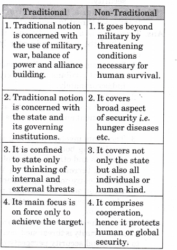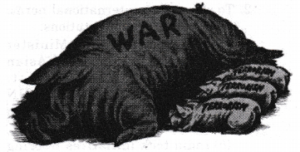Chapter 7 – Security in the Contemporary World Questions and Answers: NCERT Solutions for Class 12 Political Science (Contemporary World Politics)
Class 12 Political Science (Contemporary World Politics) NCERT book solutions for Chapter 7 - Security in the Contemporary World Questions and Answers.






